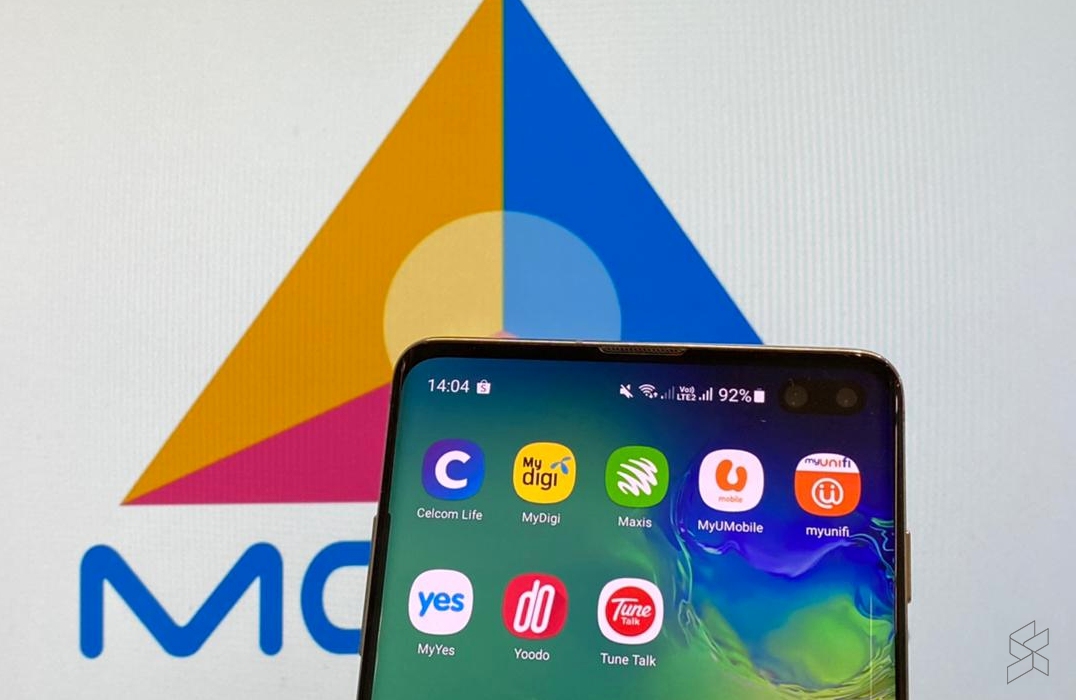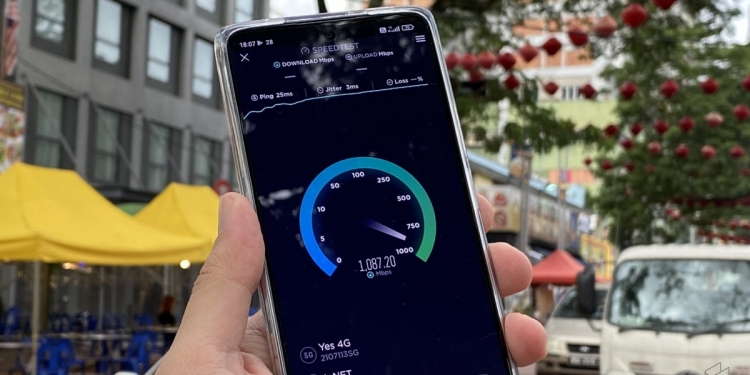Bangi MP Ong Kian Ming today asked regulator Malaysian Communications and Multimedia Commission (MCMC) to state its stand and provide details on the possible effects of a 5G network rollout model proposed by four telecommunications companies.
Ong, who is also DAP assistant political education director, today wrote an open letter with six questions to MCMC chairman Fadhlullah Suhaimi Abdul Malek.
Ong referred to a statement yesterday by four telcos Celcom, Digi, Maxis and U Mobile, in which the four mobile network operators (MNOs) said they had submitted a proposal for two wholesale networks or Dual Wholesale Networks (DWN) to be developed and operated by two consortiums involving the government, Digital Nasional Berhad and MNOs who are ready to invest.
With the four MNOs confirming that they had proposed for a DWN model for the 5G rollout to the Malaysian government, Ong said Malaysians have a right to know the details and understand the implications, and added that MCMC as an independent regulator of the telco sector should have its own publicly stated position on such a proposal.
The first question that Ong asked was whether the MCMC supported a move from a single wholesale network (SWN) model to a DWN model.
He noted that the MCMC said in March last year that having the 5G rollout under DNB would remove the need for telcos to invest in their own 5G networks so they could focus on improving and expanding 4G services and fibre optic networks that would be crucial for the 5G deployment’s success.
The second question that Ong asked was whether the details of the MNOs’ proposed DWN model would be published for the public to provide feedback.
He noted that DNB previously explained its structure and operating model publicly and had given open briefings, including to MPs.
“From a transparency perspective, is it not important for the telco industry to comply with the same standards as DNB, all of which are regulated by MCMC?” he asked.
The four remaining questions that Ong asked included whether the Malaysian government would be left to bear the costs of deploying 5G to less profitable rural areas and whether such a switch in the 5G rollout model would slow down its deployment in Malaysia.
“One of the most important questions to do with the DWN model is whether the MNOs will be allowed to focus on the more profitable urban areas and follow a “demand-led” model of 5G deployment.
“Does MCMC agree with a DWN model where the MNO-led consortium will be allowed to focus largely in the more profitable urban areas following a ‘demand-led’ model of 5G deployment and leave DNB to focus on the less profitable semi-urban and rural areas following a ‘supply-led’ model? (In other words, let the private sector reap the profits of 5G deployment and leave the government to pay for the costs of 5G rollout in the non-profitable, largely rural areas)” he asked in his third question to the MCMC.

If such a model of MNOs being allowed to focus on the urban areas is indeed what the MNOs are proposing, Ong asked how it would then affect DNB’s financial sustainability and if Malaysia would eventually see its 5G only controlled by private companies.
“If for example, the MNOs are allowed to focus only on the more profitable urban areas, does this mean that DNB will not receive any or very little revenue from the MNOs for access to DNB’s 5G network in the rural areas?
“If this is the case, what is the likelihood that DNB will have to “close shop” leaving only the MNO led consortium remaining in the 5G deployment space, thereby turning the DWN into a SWN model but one that is completely owned and controlled by the private sector?” he asked as part of his fourth question.
As for his fifth question, Ong asked how much the Malaysian government and the DNB would have to spend if Malaysia moves from a SWN model to a DWN model for 5G rollout.
“How much would the GoM have to spend to cover the 5G deployment costs for DNB which cannot be recouped back from charges to the MNOs (because of lower demand in the rural areas?) Would DNB be able to borrow money from the open market and institutional investors in a DWN business model environment?
“How much more in terms of interest service charges would DNB have to pay in a DWN versus SWN business model environment? What are the possible legal liabilities which DNB would have to face from its suppliers, contractors and vendors including Ericson?” he asked.
If the Cabinet does decide that Malaysia should change from a SWN to a DWN model similar to the MNOs’ proposal, Ong asked how this change in 5G rollout model would delay the 5G deployment in Malaysia.
“Keep in mind that Malaysia is already lagging behind our neighbours in terms of 5G deployment and this has resulted in Malaysia losing our competitive edge in terms of mobile download speeds according to a recent industry report,” he said.
“At the end of the day, I very much believe that MCMC must play its role of an independent regulator to safeguard the long-term interests of the Malaysian public.
“MCMC must make the details of the DWN model proposed by the MNOs public and it must take a clear position on the implications of such a proposal to the 5G rollout plan from as holistic a perspective as possible,” he concluded. — Malay Mail
Related reading
- 5G Malaysia: Celcom, Digi, Maxis and U Mobile want to form a new consortium to deploy 5G
- How does MCMC ensure 5G doesn’t suck in Malaysia?
- Why Samsung and iPhone devices can’t connect to 5G in Malaysia? Here’s DNB’s response
- Malaysia’s 5G network first impressions: It still requires a lot of work
- MCMC will treat Digital Nasional Berhad like any other telco in Malaysia








